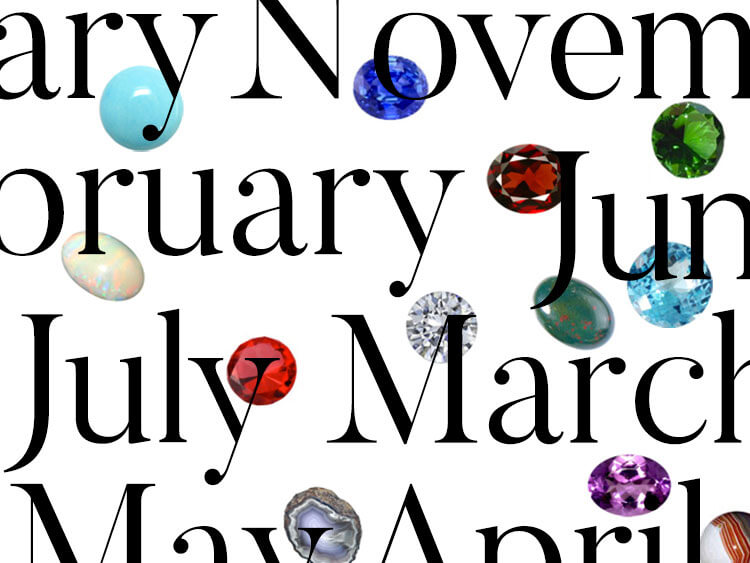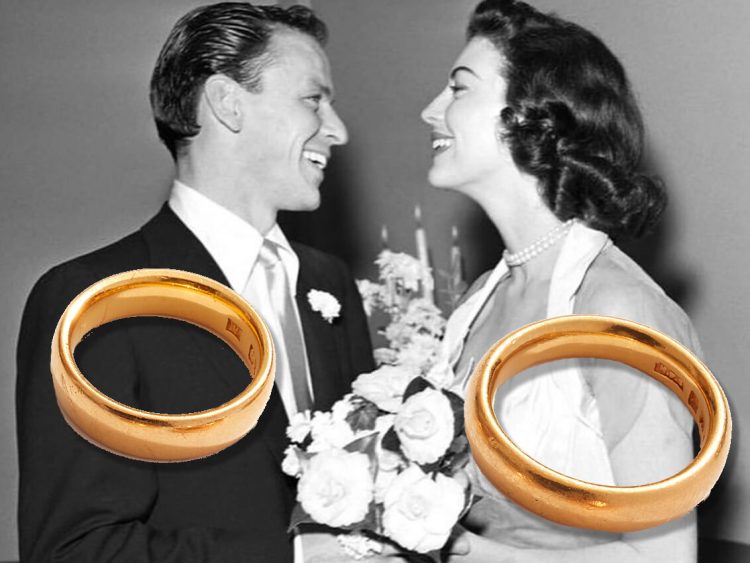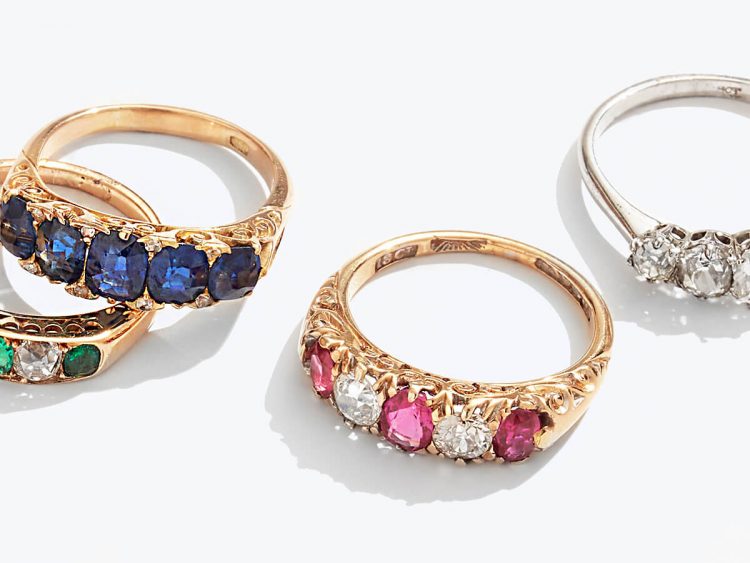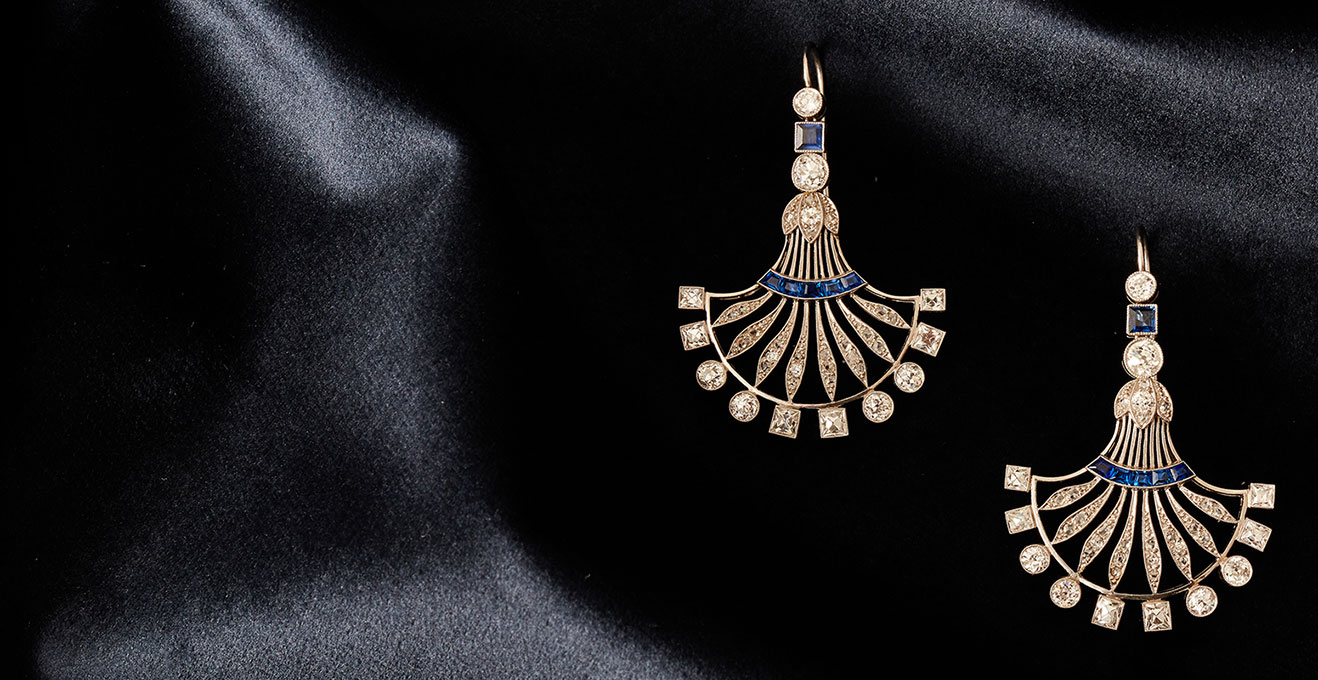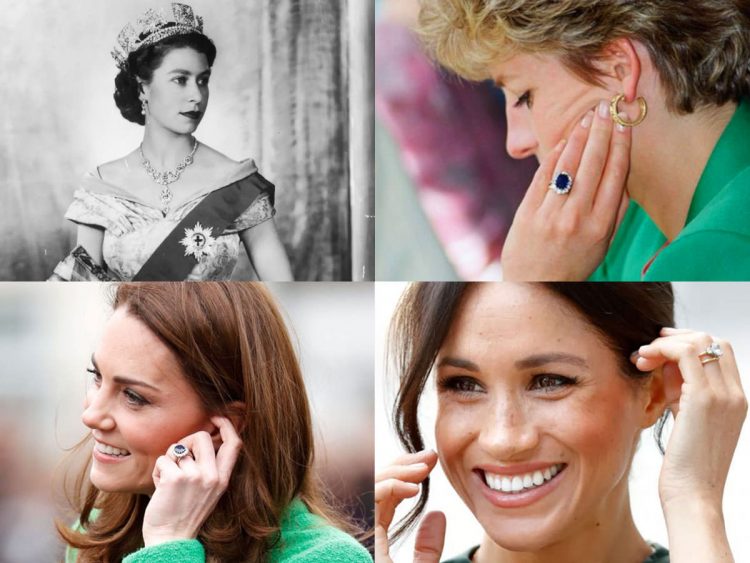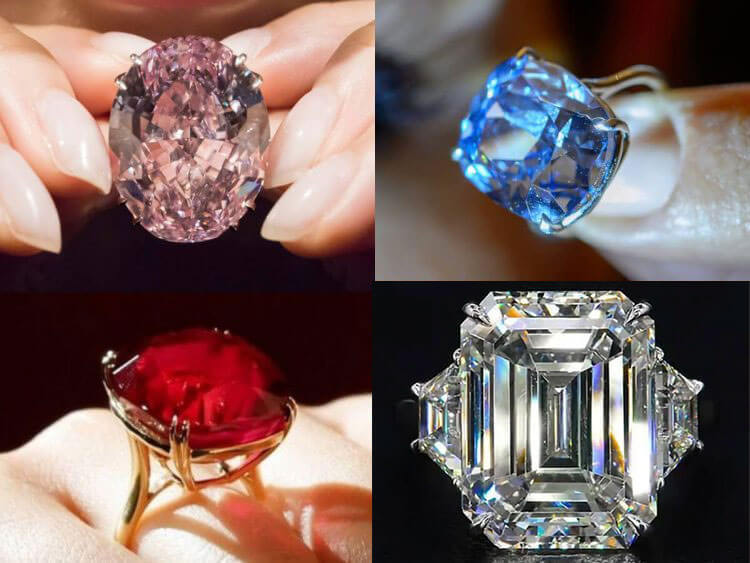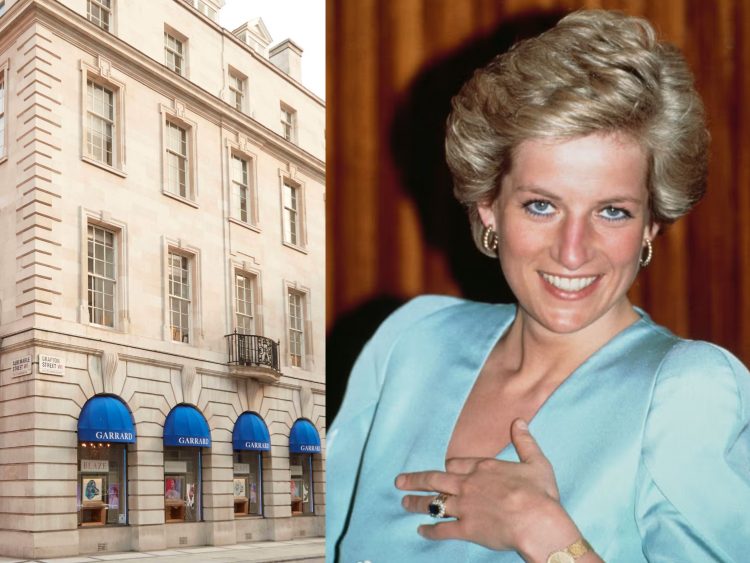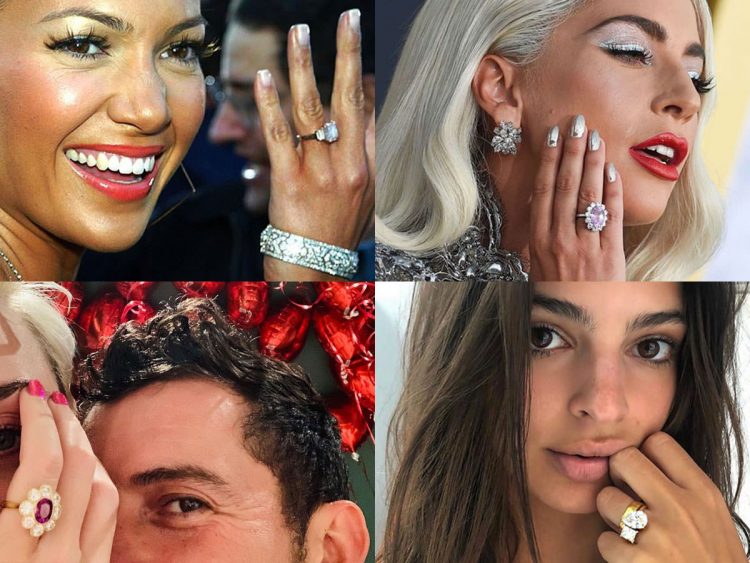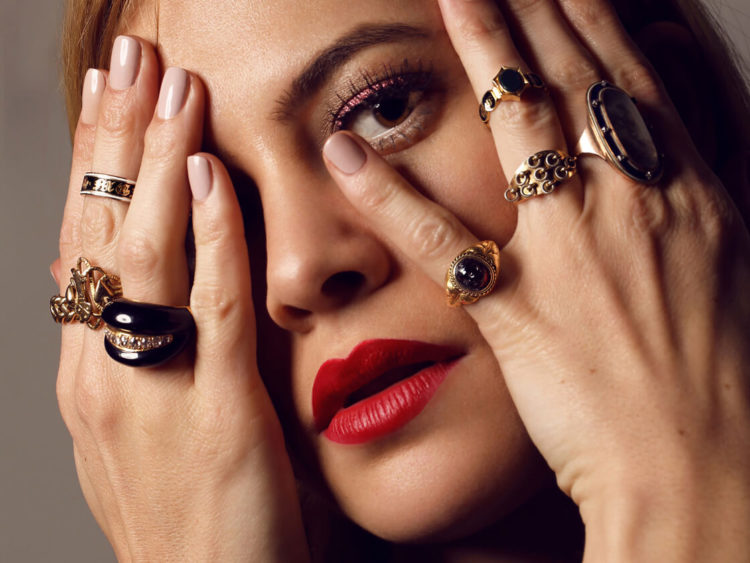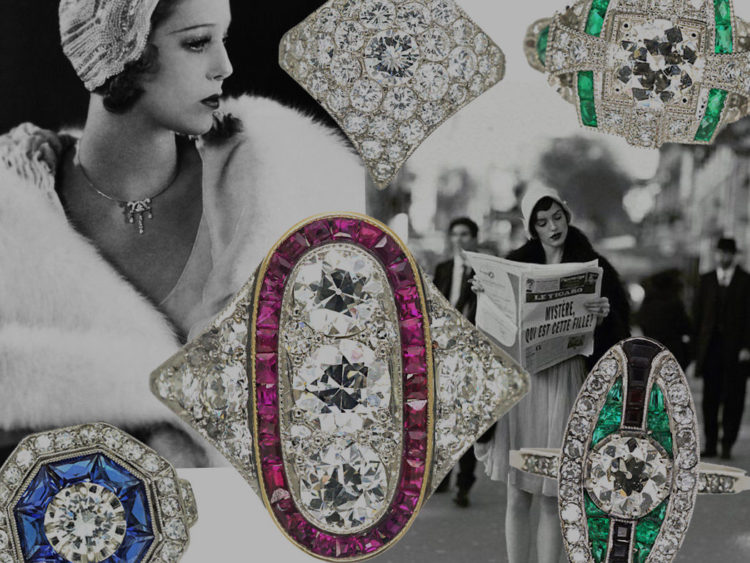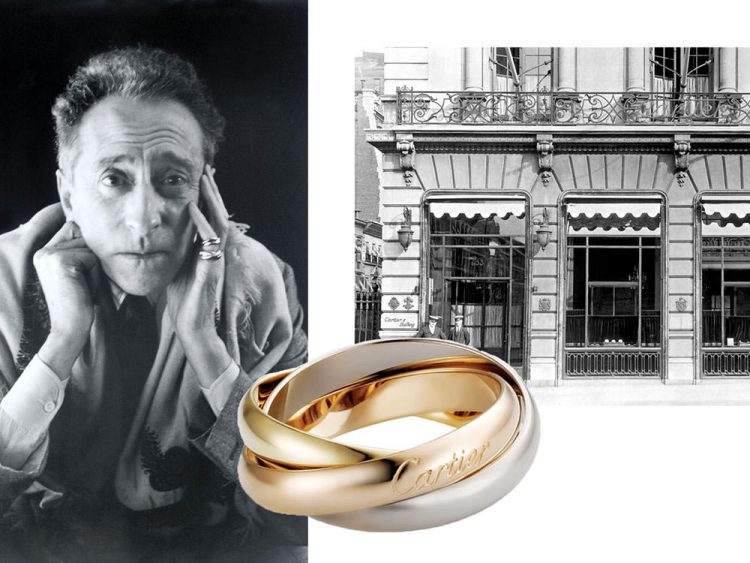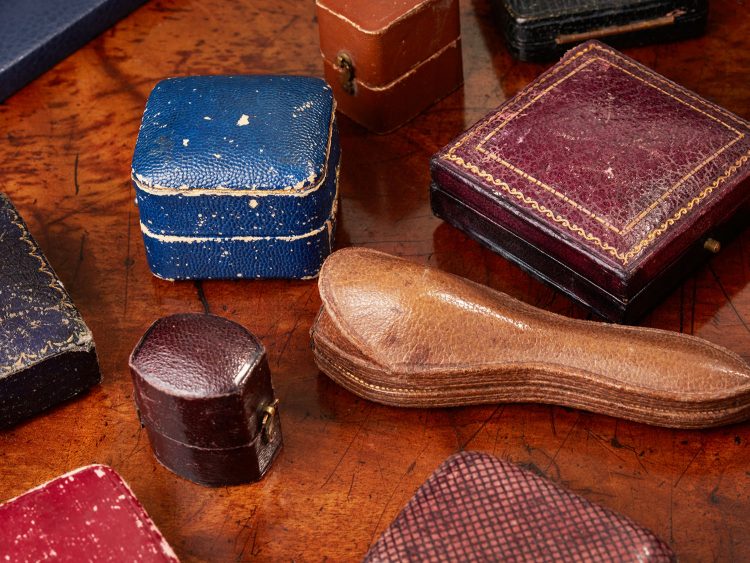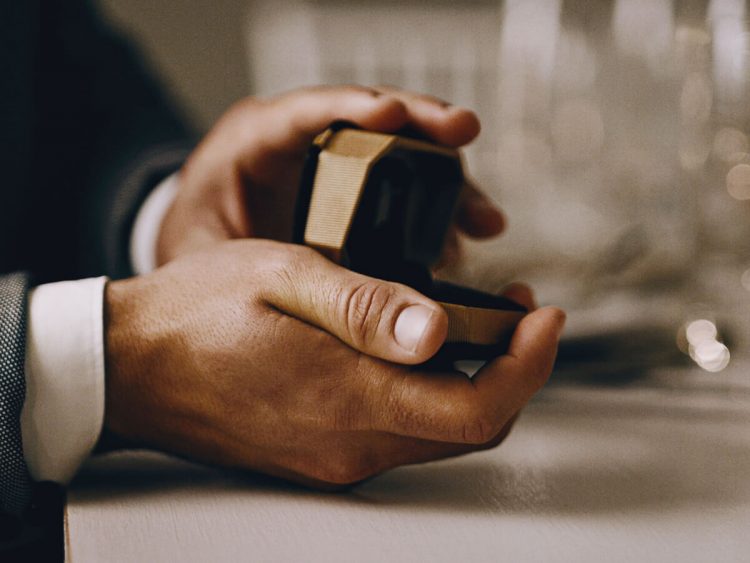-

Your Shopping Bag is empty
The “Regard” Ring: A Hidden Message of Love and Affection
Jewellery has always been more than just an accessory—throughout history, it’s been used to convey personal meaning, tell stories, and express emotions. One of the most charming examples of this is the “Regard” ring, a piece that carries a secret message of affection. Popular during the 19th century, these rings used gemstones to spell out the word “Regard,” with each stone representing a letter. In an era when social conventions made open declarations of love or admiration difficult, the Regard ring became a discreet way to communicate feelings that couldn’t always be spoken aloud.
Let’s take a closer look at the fascinating world of Regard rings—their origins, designs, and why they remain such a timeless symbol of romance.

The Romantic Roots of the Regard Ring
The story of the Regard ring takes us back to the Victorian era, a time when sentimentality and hidden meanings were woven into many aspects of daily life. This was especially true when it came to jewellery. Rather than simply being worn for adornment, many pieces had symbolic significance. The Victorians loved jewellery that could carry a personal or romantic message, and that’s where the Regard ring comes in.
The concept of using gemstones to spell out words was part of a broader trend called acrostic jewellery. In these pieces, the first letter of each gemstone’s name would combine to form a word. In the case of the Regard ring, the stones used were typically:
- R – Ruby
- E – Emerald
- G – Garnet
- A – Amethyst
- R – Ruby (again)
- D – Diamond
By arranging these gemstones in a row, jewellers could spell out “Regard” in a secret message. It was a sweet, thoughtful gift, often exchanged between lovers, great friends, or someone held in high esteem.
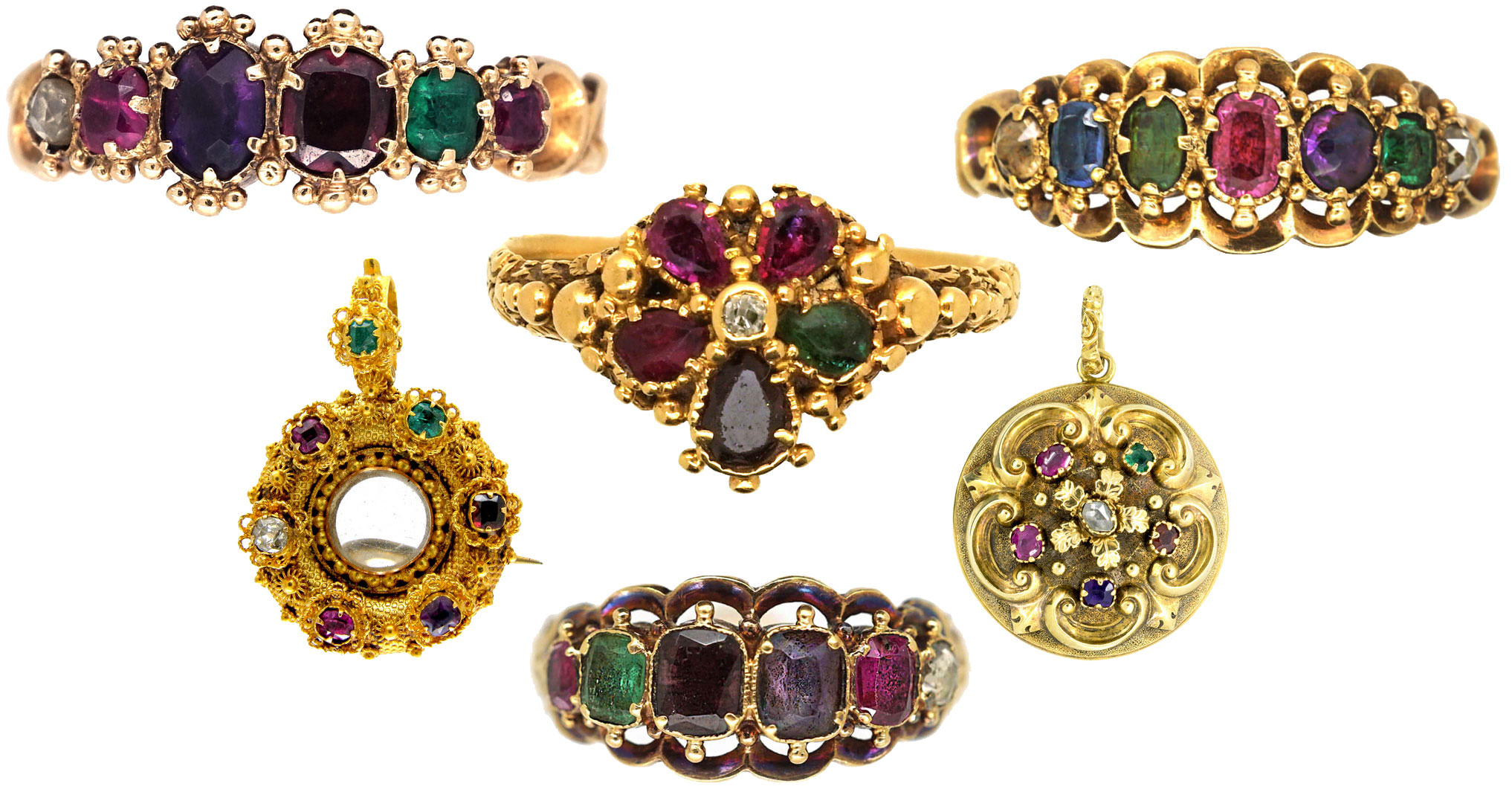
-
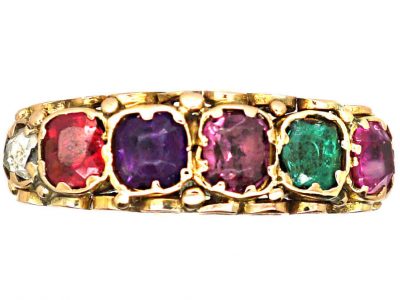 Victorian 15ct Gold Regard Ring
Victorian 15ct Gold Regard Ring -
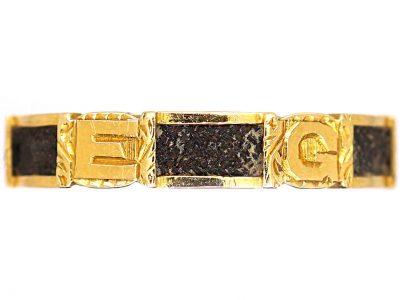 Victorian 18ct Gold & Woven Hair Regard Ring
Victorian 18ct Gold & Woven Hair Regard Ring -
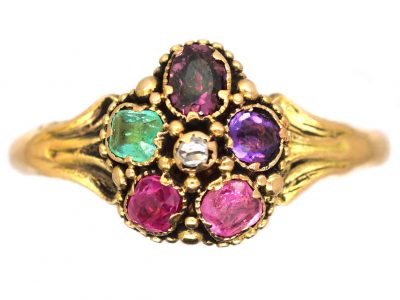 Regency 15ct Gold Regard Cluster Ring
Regency 15ct Gold Regard Cluster Ring -
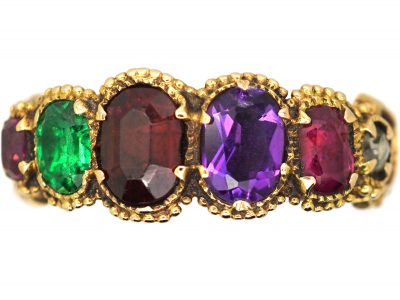 Early 19th Century 15ct Gold Regard Ring
Early 19th Century 15ct Gold Regard Ring -
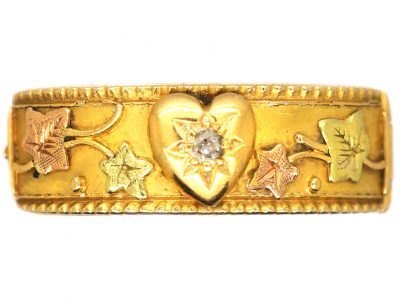 Edwardian 18ct Three Colour Gold & Diamond Heart Ring that Hinges Open & Spells Regard
Edwardian 18ct Three Colour Gold & Diamond Heart Ring that Hinges Open & Spells Regard -
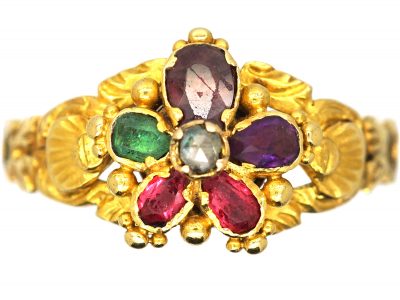 Georgian 18ct Gold Acrostic Ring with Gemstones That Spell Regard
Georgian 18ct Gold Acrostic Ring with Gemstones That Spell Regard -
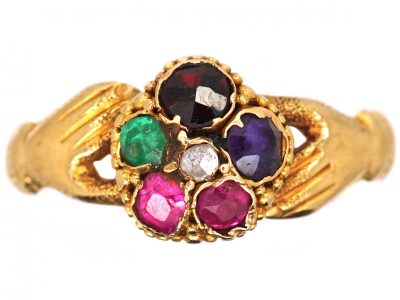 Victorian 15ct Gold Regard Ring with Hand Shoulders
Victorian 15ct Gold Regard Ring with Hand Shoulders -
 Regency 15ct Gold Acrostic Ring that Spells Regard
Regency 15ct Gold Acrostic Ring that Spells Regard -
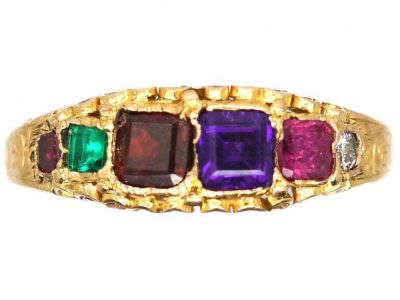 Victorian 15ct Gold Ring with Gemstones that Spell Regard
Victorian 15ct Gold Ring with Gemstones that Spell Regard -
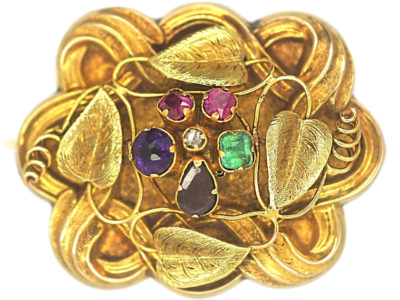 Regency 15ct Two Colour Gold Brooch set with Gemstones that Spell Regard
Regency 15ct Two Colour Gold Brooch set with Gemstones that Spell Regard -
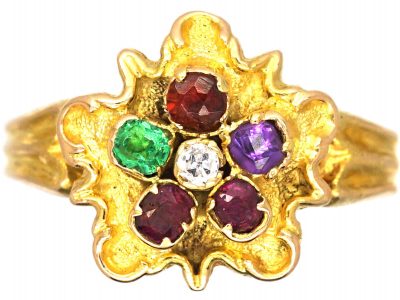 Georgian 15ct Gold Acrostic Pansy Cluster Ring that Spells Regard
Georgian 15ct Gold Acrostic Pansy Cluster Ring that Spells Regard -
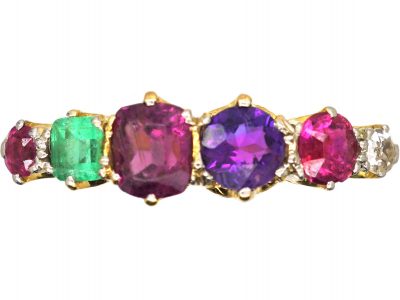 Edwardian 18ct Gold & Platinum, Acrostic Ring That Spells Regard
Edwardian 18ct Gold & Platinum, Acrostic Ring That Spells Regard -
 Georgian 15ct Gold Acrostic Ring That Spells Regard
Georgian 15ct Gold Acrostic Ring That Spells Regard -
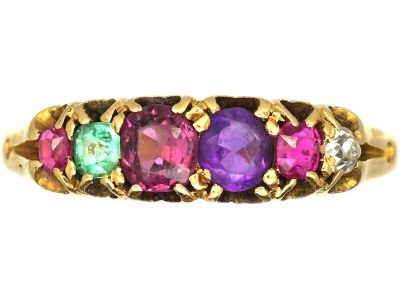 Late Victorian 18ct Gold Regard Ring
Late Victorian 18ct Gold Regard Ring -
 18ct Gold, Ring set with Gemstones That Spell Regard
18ct Gold, Ring set with Gemstones That Spell Regard -
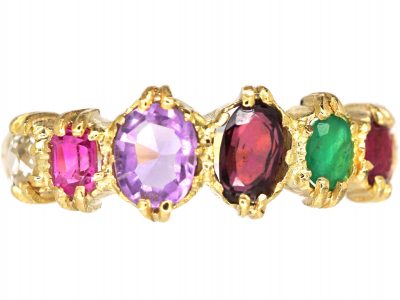 Regency 15ct Gold, Ring set with Gem Stones That Spell Regard
Regency 15ct Gold, Ring set with Gem Stones That Spell Regard -
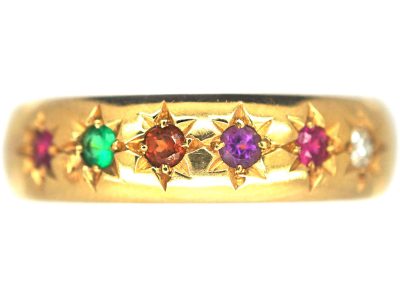 Edwardian 22ct Gold Acrostic Ring set with Gemstones that Spell Regard
Edwardian 22ct Gold Acrostic Ring set with Gemstones that Spell Regard -
 Georgian 15ct Gold Acrostic Ring that Spells Regard
Georgian 15ct Gold Acrostic Ring that Spells Regard -
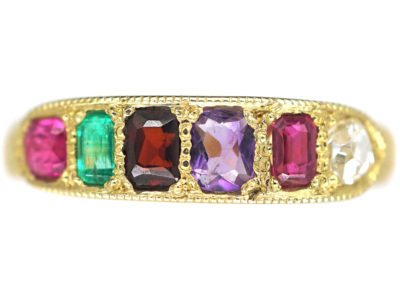 Victorian 18ct Gold Regard Ring£1,800or from £150/month at 0%
Victorian 18ct Gold Regard Ring£1,800or from £150/month at 0% -
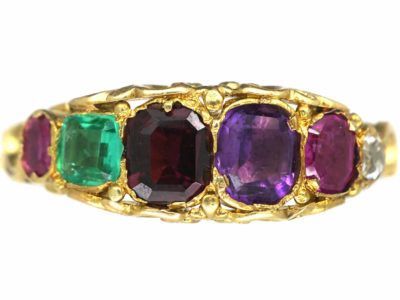 Regency 15ct Gold Regard Ring
Regency 15ct Gold Regard Ring -
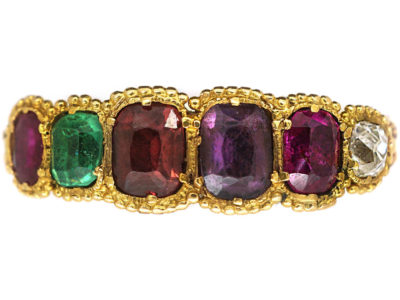 Regency 18ct Gold Regard Ring
Regency 18ct Gold Regard Ring -
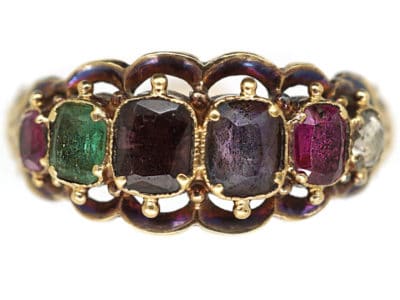 Regency 15ct Gold Regard Ring£1,500or from £125/month at 0%
Regency 15ct Gold Regard Ring£1,500or from £125/month at 0% -
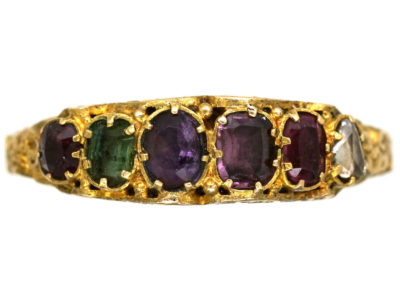 15ct Gold Regency “Regard” Ring
15ct Gold Regency “Regard” Ring -
Product on sale
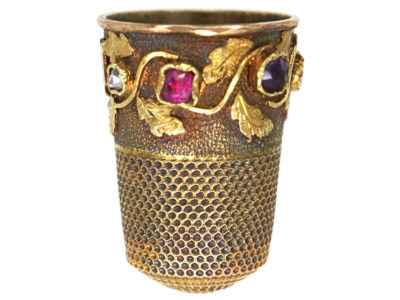 Victorian 15ct Gold Thimble with Stones that Spell Regard
Victorian 15ct Gold Thimble with Stones that Spell Regard -
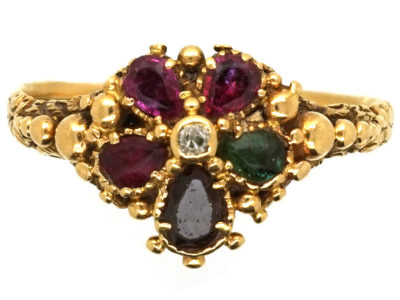 Georgian 18ct Gold Pansy Regard Ring
Georgian 18ct Gold Pansy Regard Ring -
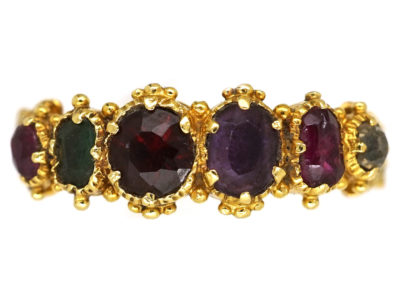 Regency 15ct Gold Regard Ring
Regency 15ct Gold Regard Ring -
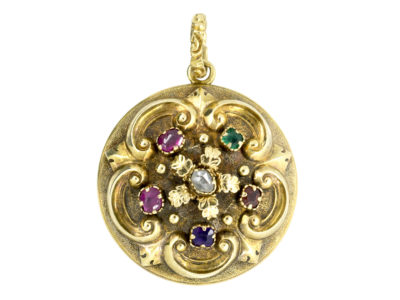 18ct Gold Victorian Regard Locket
18ct Gold Victorian Regard Locket -
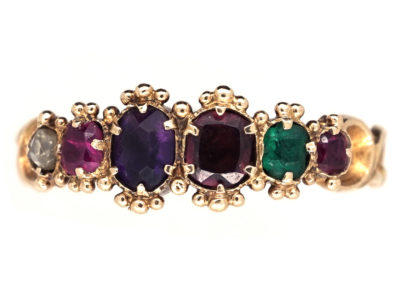 Georgian 15ct Gold Regard Ring
Georgian 15ct Gold Regard Ring -
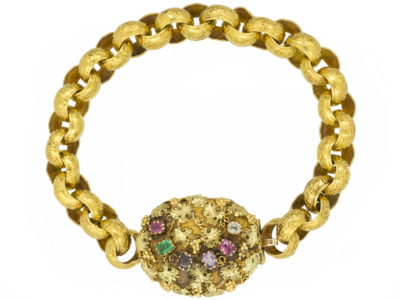 Georgian Three Colour 18ct Gold Locket Bracelet spelling Regard
Georgian Three Colour 18ct Gold Locket Bracelet spelling Regard -
 Georgian Regard Ring
Georgian Regard Ring -
 15ct Gold Regency Multi Stone Ring spelling Regard
15ct Gold Regency Multi Stone Ring spelling Regard -
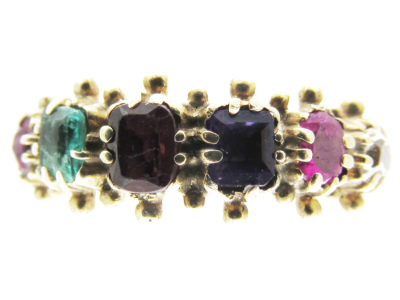 Georgian Regard Ring
Georgian Regard Ring -
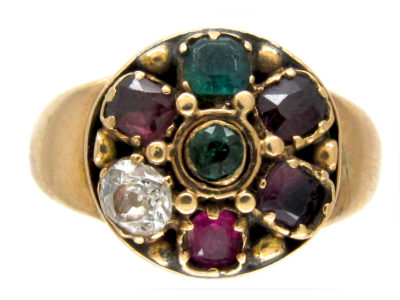 Regard Cluster Ring
Regard Cluster Ring -
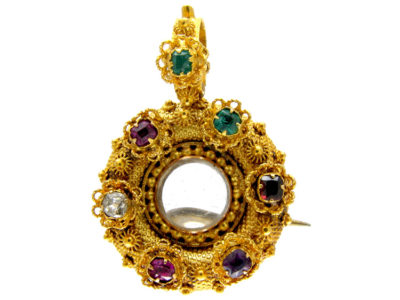 Regency Regard 18ct Gold Locket Brooch
Regency Regard 18ct Gold Locket Brooch -
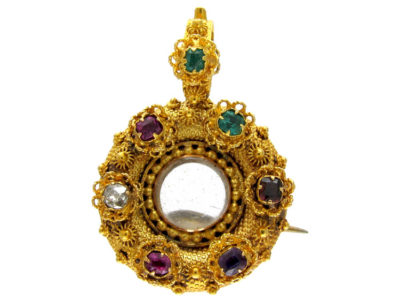 Regency 18ct Gold Regard Locket Pendant£1,500or from £125/month at 0%
Regency 18ct Gold Regard Locket Pendant£1,500or from £125/month at 0%
Why “Regard”?
The word “Regard” might seem a little formal to modern ears, but during the 19th century, it was a heartfelt way of expressing admiration, respect, and affection. Think of it as a more reserved, but deeply sincere, way of saying “I care about you” or “You mean a lot to me.” In some cases, it could even carry a romantic implication—similar to how “best regard” in a letter might hint at affection without being overt.
The beauty of the Regard ring was that it could be worn openly, yet only the giver and the wearer (or someone familiar with acrostic jewellery) would notice the full depth of its message. This element of secrecy added to the appeal, allowing people to express emotions in a private, coded way.
The Art of Acrostic Jewellery
The Regard ring is part of a larger family of acrostic jewellery, which was particularly popular in Georgian and Victorian times. Jewellery that carried secret messages through gemstones was often seen as both romantic and playful. Besides “Regard,” other common words spelled out using gemstones included “Adore,” “Dearest,” and “Love.”
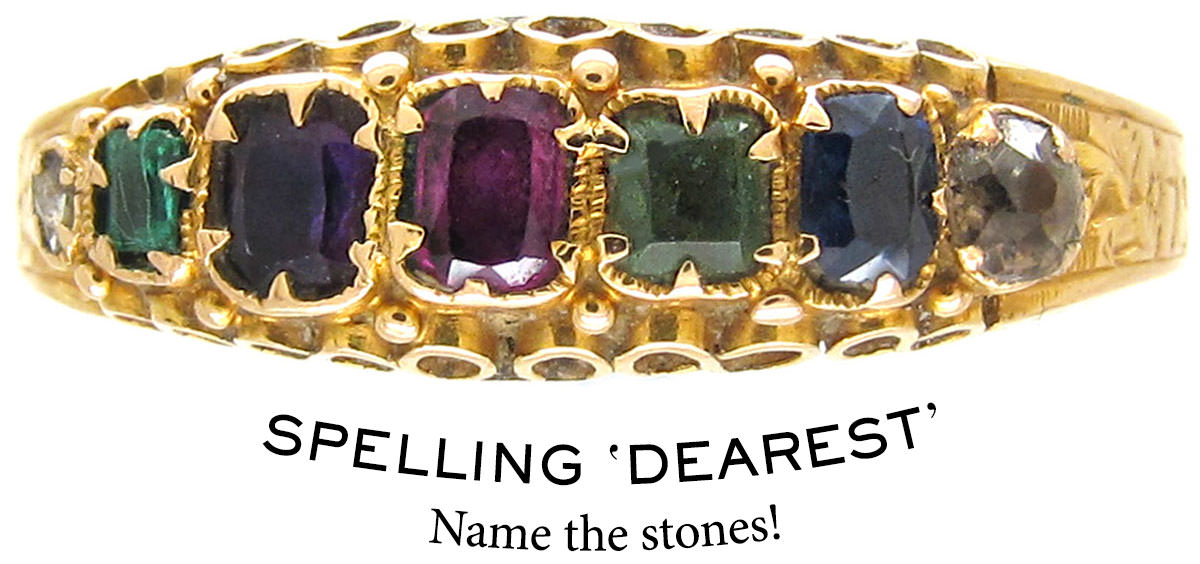
-
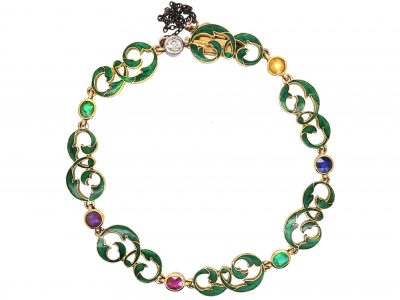 Edwardian 15ct Gold, Green Enamel & Gem Set Dearest Bracelet£4,440or from £370/month at 0%
Edwardian 15ct Gold, Green Enamel & Gem Set Dearest Bracelet£4,440or from £370/month at 0% -
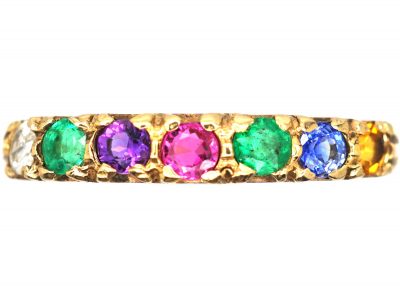 9ct Gold Acrostic Ring that Spells Dearest
9ct Gold Acrostic Ring that Spells Dearest -
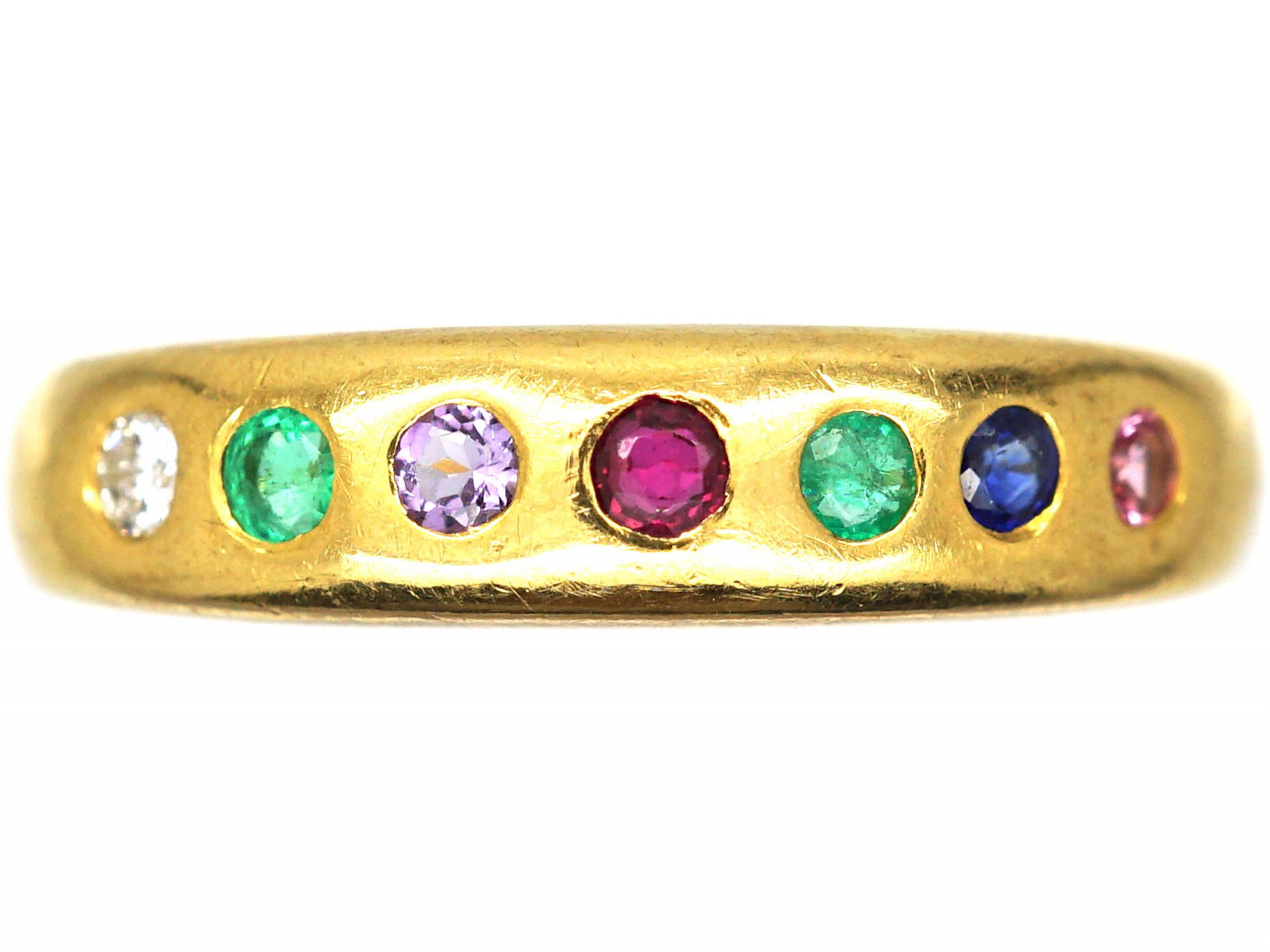 18ct Gold Acrostic Ring that Spells Dearest
18ct Gold Acrostic Ring that Spells Dearest -
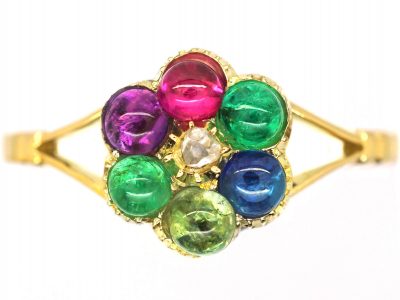 Edwardian 18ct Gold Dearest Ring
Edwardian 18ct Gold Dearest Ring -
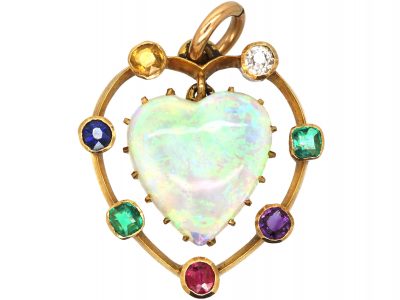 Edwardian 15ct Gold Opal Heart Pendant With Gemstones that Spell Dearest
Edwardian 15ct Gold Opal Heart Pendant With Gemstones that Spell Dearest -
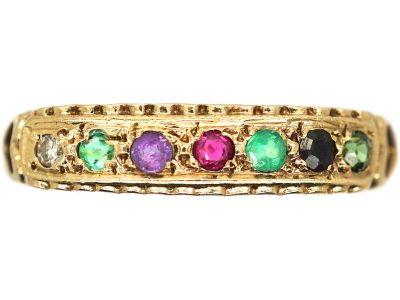 1950s 9ct Gold Dearest Ring
1950s 9ct Gold Dearest Ring -
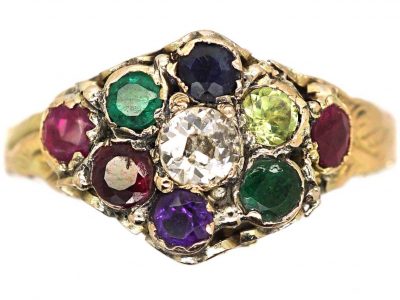 Victorian 9ct Gold Ring set with Gemstones That Spell Dearest£1,500or from £125/month at 0%
Victorian 9ct Gold Ring set with Gemstones That Spell Dearest£1,500or from £125/month at 0% -
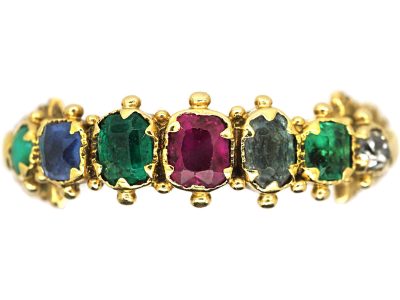 Regency 18ct Gold Ring Spelling Dearest
Regency 18ct Gold Ring Spelling Dearest -
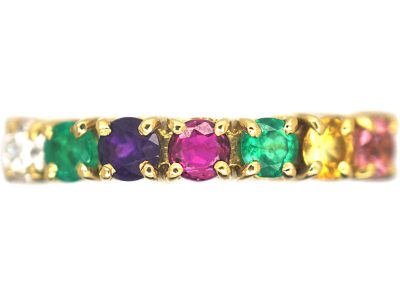 Edwardian 18ct Gold Ring set with Gemstones that Spell Dearest
Edwardian 18ct Gold Ring set with Gemstones that Spell Dearest -
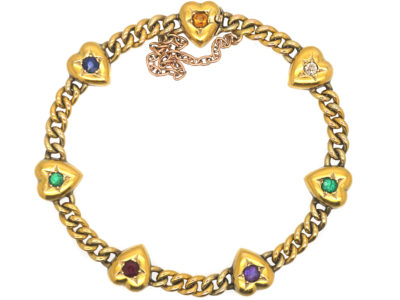 Victorian 15ct Gold Dearest Bracelet
Victorian 15ct Gold Dearest Bracelet -
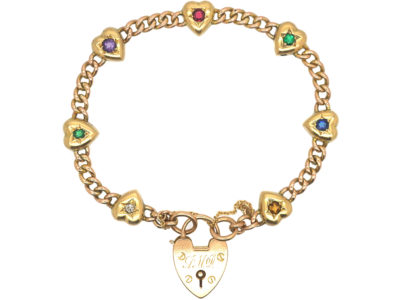 Edwardian 15ct Gold Hearts & Curb Motif Bracelet set with Gemstones that Spell Dearest
Edwardian 15ct Gold Hearts & Curb Motif Bracelet set with Gemstones that Spell Dearest -
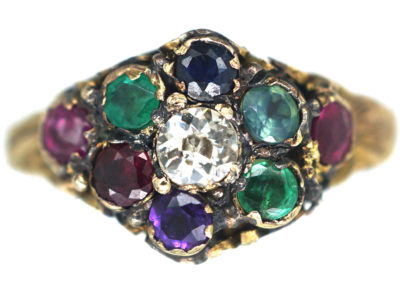 Victorian 9ct Gold Dearest Ring£1,500or from £125/month at 0%
Victorian 9ct Gold Dearest Ring£1,500or from £125/month at 0% -
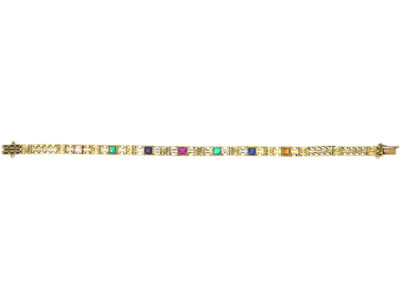 Edwardian 18ct Gold Bracelet with Gemstones that Spell Dearest
Edwardian 18ct Gold Bracelet with Gemstones that Spell Dearest -
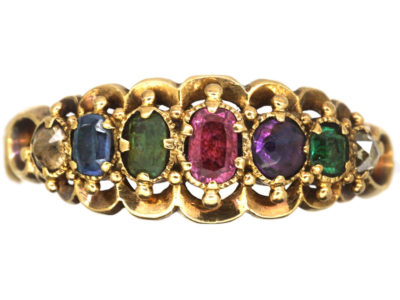 Regency 15ct Gold Dearest Ring
Regency 15ct Gold Dearest Ring -
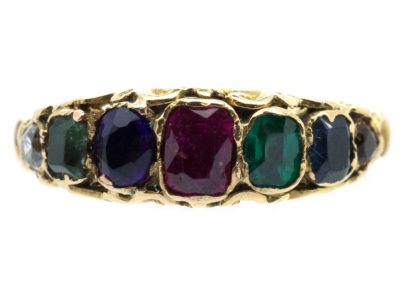 Late Georgian 18ct Gold Dearest Ring
Late Georgian 18ct Gold Dearest Ring -
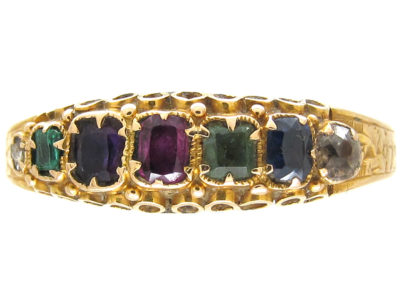 Georgian ‘Dearest’ Ring
Georgian ‘Dearest’ Ring
The popularity of acrostic jewellery can be traced back to Napoleon Bonaparte, who was known to have commissioned several acrostic pieces as gifts for his beloved Josephine. This trend soon spread to Britain and other parts of Europe, where jewellery was often laden with hidden meanings, whether through symbolic gemstones, designs, or inscriptions.
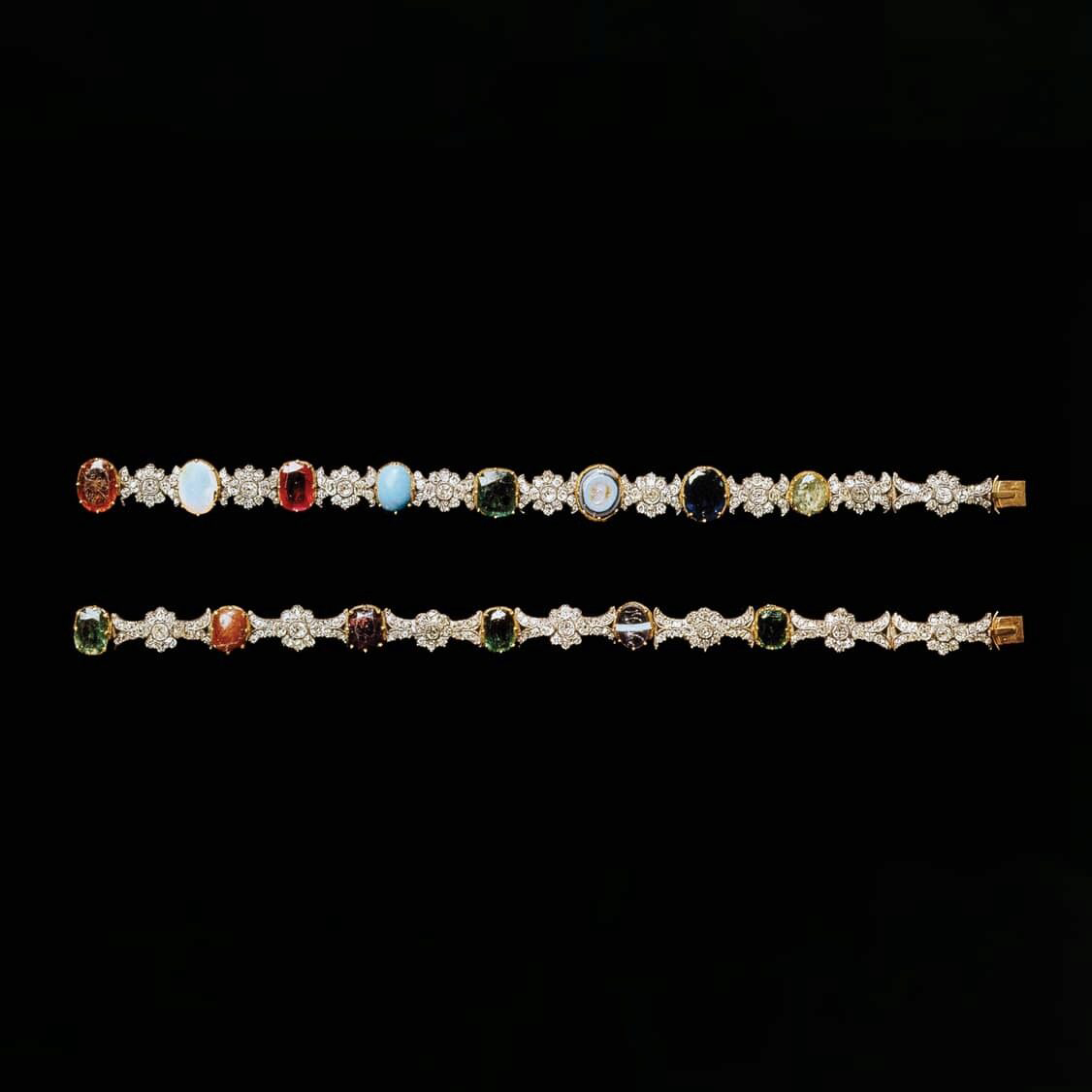
The Appeal of Hidden Meanings
The concept of hidden meanings in jewellery wasn’t limited to gemstone initials. The Victorians were obsessed with symbolism in all forms, and jewellery was a key medium for conveying unspoken thoughts. Flowers, animals, and even the way a piece was worn could carry a message. For example, a snake ring represented eternal love, while forget-me-not flowers were a plea for remembrance.
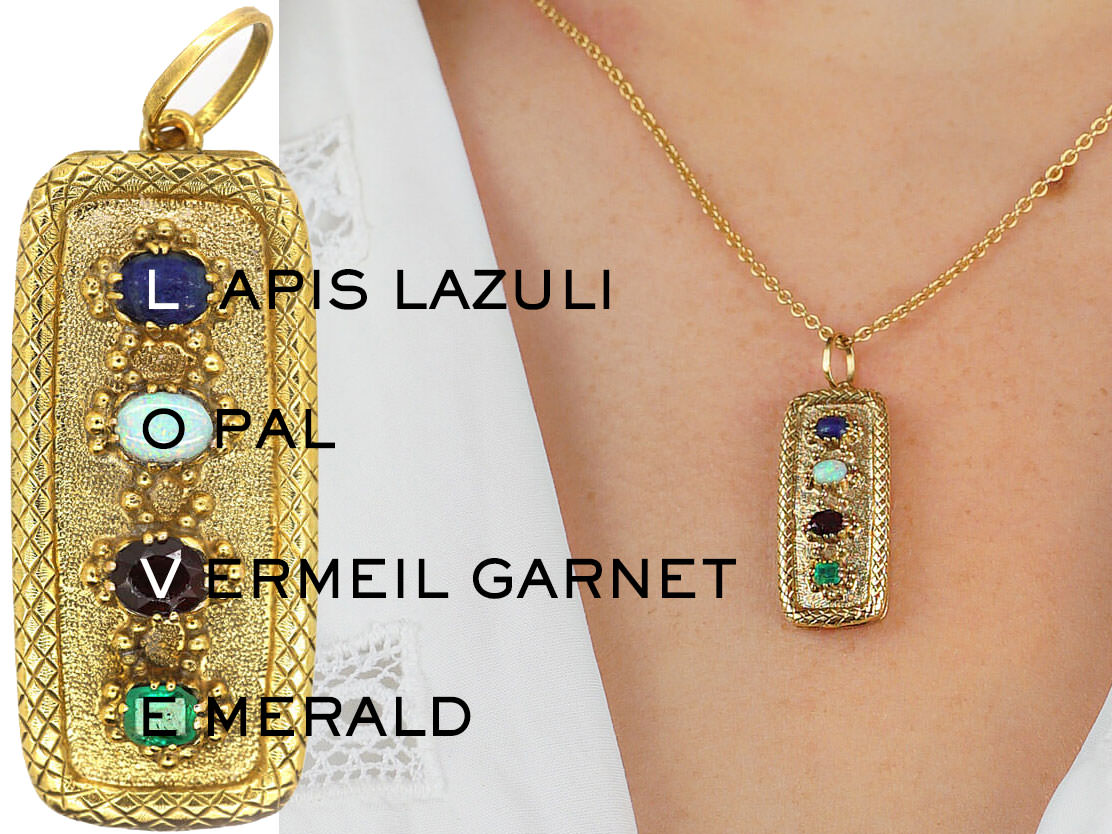
The Regard ring fit perfectly into this sentimental world, offering a discreet way to express emotions. Its subtle message made it versatile—it could be romantic, affectionate, or simply a way to show deep friendship and respect. In an era when outward displays of emotion, especially for women, were often restricted by societal expectations, jewellery like the Regard ring allowed feelings to be shared more privately.
Design and Craftsmanship
One of the reasons why Regard rings continue to captivate collectors and jewellery lovers today is their exquisite craftsmanship. These rings were often made with fine materials such as gold and featured beautifully cut gemstones. The arrangement of the stones was carefully considered, with jewellers ensuring that the different colours complemented each other, making the piece as visually striking as it was meaningful.
Victorian Regard rings typically featured a row of gemstones, set in an elegant band that might also be embellished with engraved details or filigree. Some versions of the ring included additional design elements, like floral motifs or intricate scrollwork, enhancing their beauty. While the gemstones spelled out a message, the overall design was crafted to be timeless and tasteful.
The stones used—rubies, emeralds, amethysts, and others—were chosen not only for their initials but also for their symbolism. For example, diamonds represented strength and eternity, while rubies were associated with passion and love. This layered the meaning of the ring, making it even more personal to both the giver and the recipient.
Why Regard Rings Still Matter Today
While the Victorian era may be long gone, the charm of the Regard ring lives on. These rings continue to be sought after by antique jewellery collectors and romantics alike, drawn to their history, beauty, and sentimental value. What makes them so special is their ability to convey something more profound than just wealth or status. A Regard ring is a token of affection, a tangible reminder of the emotions that brought two people together.
In today’s fast-paced world, where communication often feels fleeting or impersonal, there’s something wonderfully timeless about a piece of jewellery that carries a hidden message. Whether it’s given as a romantic gesture or as a meaningful gift between friends. A Regard ring speaks volumes about the care and thought behind the act of giving.
Unlike mass-produced items, each Regard ring was carefully handcrafted. This makes it unique and imbued with the personal story of the people who wore it.
Finding a Regard Ring
If you’re intrigued by the idea of owning a Regard ring, you’re not alone. Antique jewellers and collectors appreciate these pieces not only for their aesthetic beauty but also for their historical significance. When looking for an authentic Regard ring, it’s essential to seek out reputable dealers who specialise in antique jewellery.
Since these rings are over a century old, many have been well-worn, but this only adds to their character. Finding one in good condition, with the original gemstones intact, can be a real treasure.
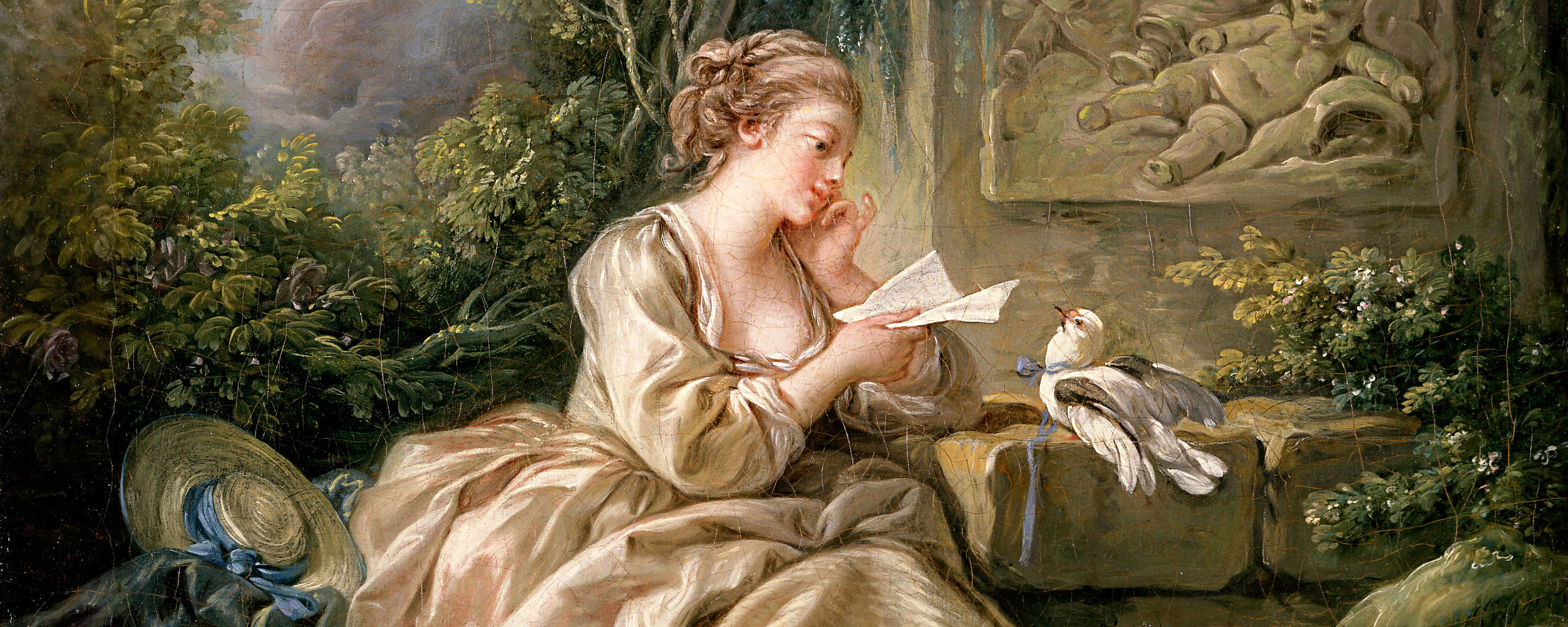
Conclusion: A Sentimental Treasure
The Regard ring may be small, but its meaning is anything but. It’s a timeless reminder of a more romantic age, when jewellery was not just about appearance but about conveying personal feelings in a subtle, meaningful way. Whether you’re a collector, a romantic, or someone who simply appreciates beautiful craftsmanship. The Regard ring is a perfect example of how jewellery can transcend adornment as a lasting symbol of affection and connection.



 Free Worldwide Delivery
Free Worldwide Delivery View All
View All
 Diamond
Diamond
 Sapphire
Sapphire
 Emerald
Emerald
 Ruby
Ruby






